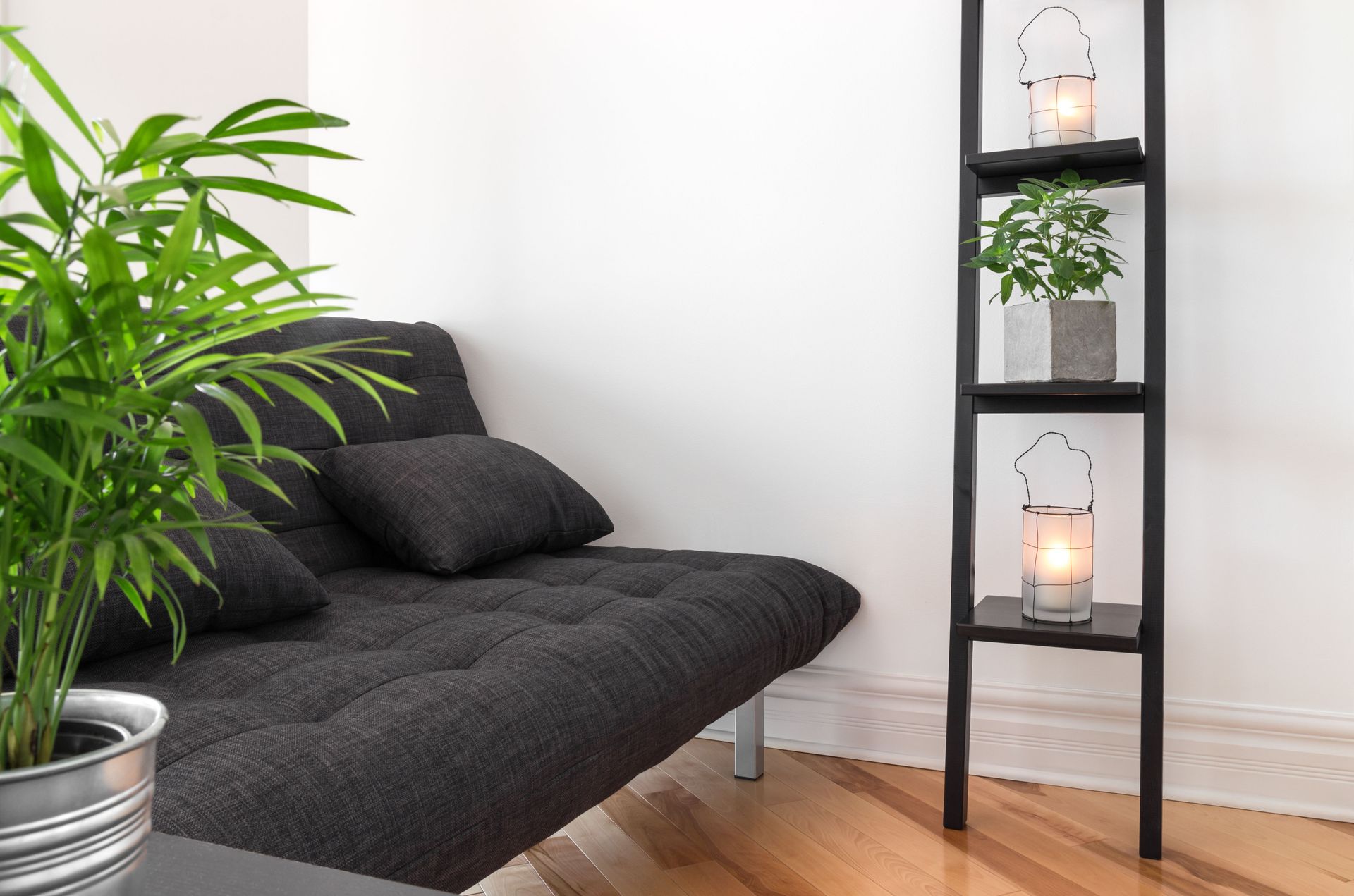September 24, 2025
Choosing the right houseplant potting soil for houseplants is more than an aesthetic decision. It's fundamental to the health and growth of your plants. The type of soil you choose impacts water retention, aeration, and nutrient availability. Poor soil choice can stunt plant growth, lead to disease, or even kill the plant. Thus, understanding potting soil is essential for any plant enthusiast.
Understanding Houseplant Soil Composition
Soil Composition
Potting soil, also known as potting mix, typically comprises a blend of organic and inorganic materials. Organic components, such as peat moss, coconut coir, and compost, provide nutrients and improve moisture retention. Inorganic components, like perlite and vermiculite, enhance aeration and drainage. Together, these materials create a balanced environment for plant roots. The balance in composition can significantly affect plant vigor and resilience.
Soil pH
The pH level of potting soil is crucial for nutrient availability. In our experience, most houseplants thrive in a slightly acidic to neutral pH range of six to seven. If the soil pH is too high or too low, plants may struggle to absorb necessary nutrients. Testing soil pH can guide you in making necessary amendments. Adjusting soil pH helps ensure that plants receive optimal nutrition.
Soil Texture
Soil texture determines the aeration and water retention capabilities of the soil. Sandy soils, with larger particles, do not hold moisture well, affecting plants that prefer consistent moisture. Conversely, clay soils, characterized by their fine particles, retain water but may restrict air space and hinder root development. An ideal potting mix balances these attributes to provide excellent aeration and drainage. The right texture supports strong root systems and healthy plant growth.
Identifying Your Plant's Specific Soil Needs
Houseplant Characteristics
Different houseplants have unique soil preferences. For instance, succulents and cacti thrive in gritty, well-draining soil. Orchids require a mix of bark and other coarse materials to allow for sufficient air circulation around roots. Tropical plants usually prefer a rich, moisture-retentive potting mix. Recognizing these characteristics helps tailor the soil to the plant's natural habitat.
Soil Matching
Matching the correct potting soil type with your houseplant is vital. According to the National Association of Realtors, the average person owns about five houseplants, making soil matching crucial for their health. Each plant species has evolved with specific soil requirements in its native environment. A cactus from a desert region needs a different soil structure than a tropical fern. By understanding these distinctions, you can ensure the right balance of moisture and aeration. This tailored approach helps promote vigorous growth and reduces pest or disease issues.
Soil Type
Incompatible soil types can significantly impact plant health. Overly dense or compacted soil may lead to poor drainage and root rot. Conversely, overly loose soil can dry out too quickly, stressing moisture-loving plants. Signs of incompatible soil include yellowing leaves, stunted growth, and wilting. Monitoring your plants for these symptoms helps you act swiftly to amend the soil or repot the plant.
Soil-Plant Pairings
Certain soil types pair well with specific plant groups for optimal health. Cacti and succulents benefit from sandy, gritty mixes that prevent waterlogging. Orchids often prefer bark-based mixtures that replicate their natural epiphytic growing conditions. Foliage houseplants thrive in slightly richer, moisture-retentive mixes. Recognizing these pairings aids in your plant selection process and care routines.
Evaluating Potting Soil Quality and Purity
Soil Contaminant Testing
Testing houseplant potting soil for contaminants can prevent plant health problems. Heavy metals, pesticides, and pathogens in the mix can harm plants and human handlers. Home testing kits or professional lab analyses help identify potential issues. Regular testing assures that your soil is safe, supporting robust plant growth. Safe soil reduces risks and promotes a healthier indoor or garden environment.
Sterilized vs. Non-Sterilized Soil
Sterilized soil is treated to remove pests, pathogens, and weed seeds. This process ensures a clean environment for sensitive seedlings or houseplants. Non-sterilized soils, conversely, may retain natural microbes beneficial for plant health. Choosing between sterilized and non-sterilized depends on your garden's conditions and plant requirements. Recognizing the benefits of each option leads to informed soil management.
Impacts on Sustainbility
Considering sustainability in potting soil selection reflects an ecological gardening mindset. Peat moss, a common soil component, is often harvested unsustainably. Recognizing sustainable, renewable resources like coconut coir or compost is crucial. Supporting brands with environmentally friendly practices ensures responsible gardening.
Improving and Amending Potting Soil
Soil Amendments
Soil amendments enhance the nutritional and structural qualities of houseplant potting soil. Additives like compost enrich nutrient content, while perlite improves aeration. Coconut coir can enhance moisture retention, benefiting plant hydration. Understanding when and what to amend helps achieve desired growth conditions. Proper amendment supports balanced plant nutrition and promotes overall vitality.
Drainage Improvements
Effective drainage is essential for preventing waterlogging in houseplant potting soil. Incorporating coarse materials like sand, perlite, or grit improves drainage significantly. When layering pots, pebbles or activated charcoal can also prevent water buildup. Improving drainage is crucial in averting diseases like root rot.
Nutrient Profiles
Nutrient-rich soil sustains optimal plant growth and flowering. Organic amendments like worm castings or kelp meal provide essential nutrients. Regularly analyzing soil nutrient profiles can guide timely interventions. Supplementing with balanced fertilizers supports a comprehensive nutrient regimen. Healthy nutrient profiles are key to supporting lush foliage and vigorous plant life.
Soil Structure
Soil structure influences root development and plant stability. Over time, soil compaction can restrict aeration and water movement. Techniques like gentle tilling or adding organic matter maintain structure. Regularly replacing or amending soil can refresh and support plant infrastructure. Healthy soil structure promotes root health and accessible nutrient pathways.
Infestations and Diseases
Infestations and diseases in houseplant potting soil pose significant threats to plant health. Inspecting soil for pests, fungi, or pathogens routinely can catch issues early. Solutions like introducing beneficial insects or biocontrol agents can combat these problems effectively. Regularly replacing severely infested soil halts disease spread. Proactive management ensures a safe, healthy environment for thriving plants.
Maintaining Soil Health Over Time
Soil Checks and Adjustments
Regular soil checks are essential for sustaining plant health. Examining soil moisture, pH, and nutritional content offers insight into necessary adjustments. Timely interventions with watering and amendments keep the soil in optimal condition. These checks ensure plant environments remain supportive and conducive to growth. Long-term soil health maintains vibrant, thriving plant displays.
Old Potting Soil
Over time, houseplant potting soil may become depleted in nutrients and structure. Rejuvenating old soil involves amending it with compost or fertilizers. Aerating and removing compacted soil restores root access to air and nutrients. Depending on plant needs, this rejuvenation may occur seasonally or annually. Revitalizing soil ensures sustainable growing conditions while promoting plant vitality.
Fertilizers and Supplements
Fertilizers and supplements play a significant role in maintaining soil fertility. Organic fertilizers release nutrients gradually, nurturing soil over time. Mineral supplements can address specific nutrient deficiencies present in the soil. Regularly scheduled feeding complements soil health initiatives, promoting sustainable plant growth. Understanding the timing and application of fertilizers maximizes their benefits.
Choosing the right potting soil is integral to the survival and flourishing of your houseplants. By understanding soil composition, identifying plant needs, and evaluating soil types, you can create favorable conditions for growth. Consistent soil management and environmentally conscious choices ensure long-term plant vitality. Do you need houseplant potting soil? Reach out to Ivy May today to learn about the soil we offer.








